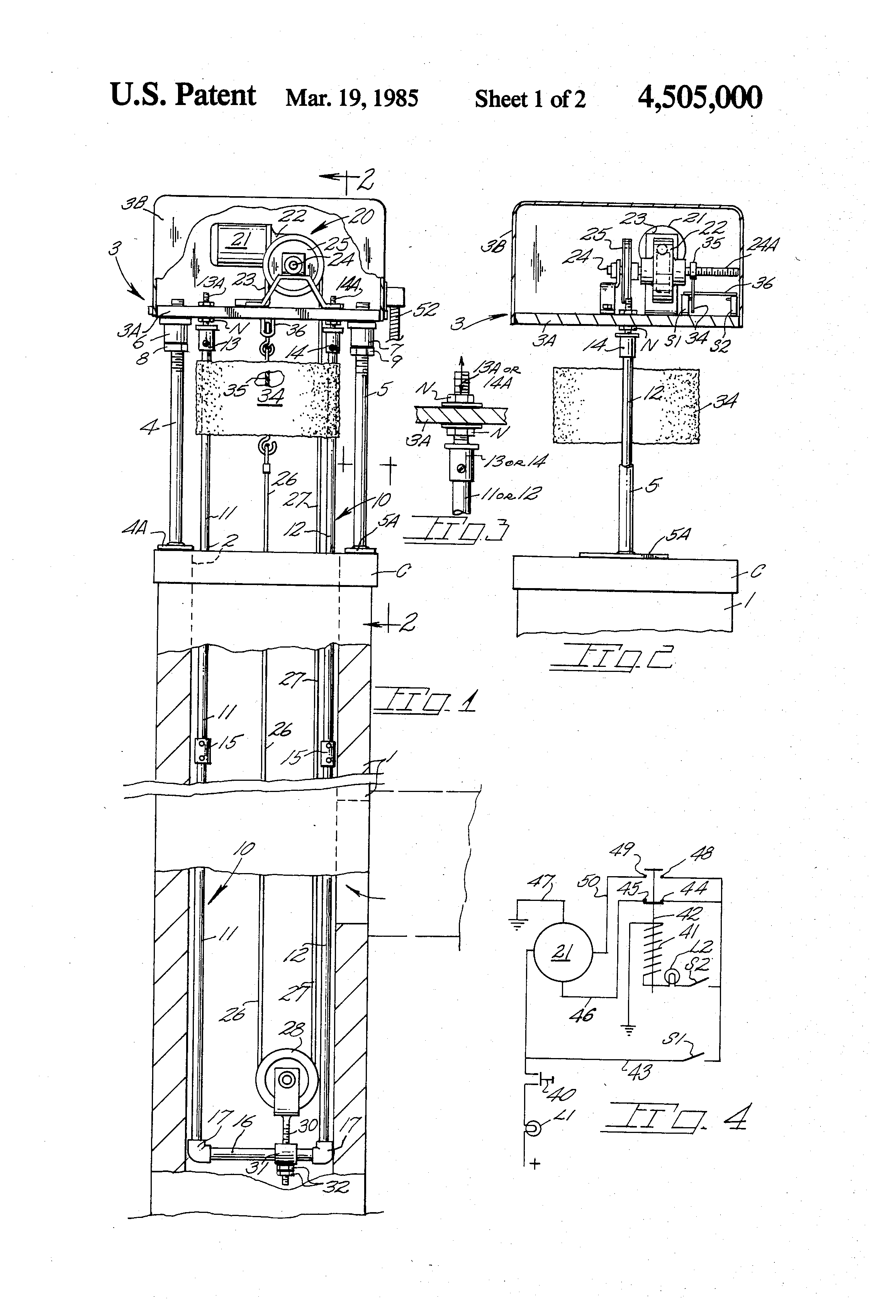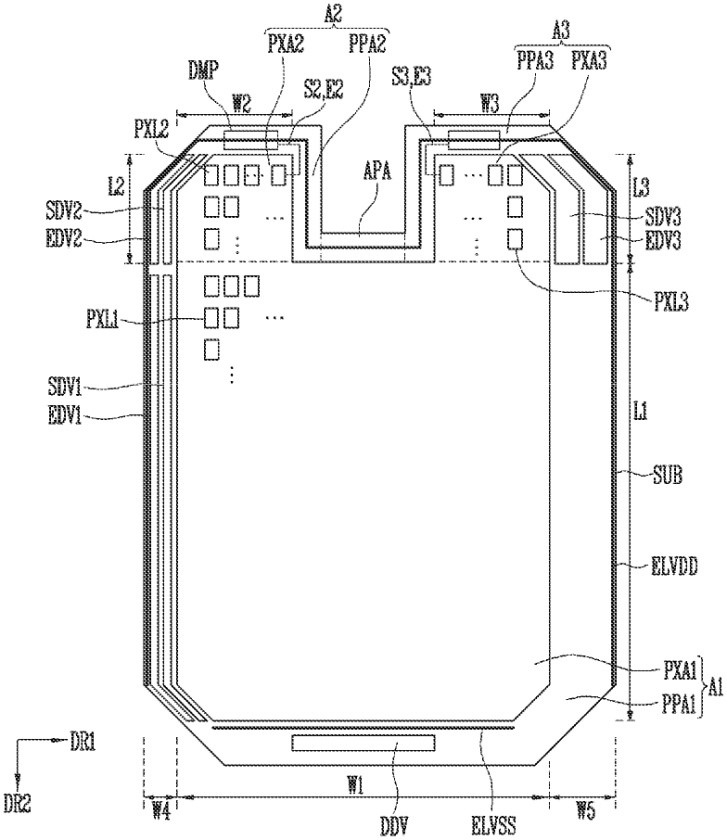TODAY’S PATENT – SURGICAL INSTRUMENT BUTTRESS ATTACHMENT
The Surgical instrument buttress attachment was invented by Sally L. Carter on the 8th August, 2015, bearing patent number US9107665B2.
A surgical stapler instrument has surgical stapler jaws, at least one staple line reinforcement material, and a fastener including a hook and a loop. The hook can be disposed on one of the surgical stapler jaws and the loop can be disposed on the staple line reinforcement material. Alternatively, the hook can be disposed on the staple line reinforcement material and the look on one of the surgical stapler jaws.
Buttresses for surgical instruments are known. Buttresses and/or staple line reinforcement materials include bio-absorbable, non-absorbable, synthetic and animal derived materials. Such buttress and/or staple line reinforcement materials are utilized to reduce the incidence of leaks and bleeding in a variety of surgical procedures. The use of staple line reinforcement material can reduce or eliminate suturing or clipping over staple lines and reduce the time for the surgical procedure.
Staple line reinforcement materials have been used with linear surgical staplers. The material can be provided in a tubular shape and slipped onto the surgical stapler jaw. In another approach, the staple line reinforcement material is attached to the working surface of the stapler utilizing pins. Buttress and/or staple line reinforcement materials have also been used with circular staplers. The staple line reinforcement material is attached to the working surface of the circular stapler utilizing protrusions at the perimeter of the staple line reinforcement material, the protrusions having adhesive for attaching the staple line reinforcement material to the working surfaces of the circular surgical stapler. After tissue sections are stapled together, the buttress material is attached to the tissue by the staples, with the tissue sandwiched between the staple line reinforcement material. In another approach, the staple line reinforcement material is attached to the shaft of the circular stapler.
One drawback to some of these approaches is that the knife of a surgical stapler instrument is relied upon to cut the staple line reinforcement material so that the instrument can be removed and the staple line reinforcement material remains with the staple line.
Drawbacks to some of these approaches include excess material that must be removed when the surgical instrument is withdrawn, as well as unreliable detachment of the staple line reinforcement material from the surgical instrument.
There is a desire for improved methods of attaching staple line reinforcement material to surgical instruments so that the instrument is packaged with the staple line reinforcement already installed, with a minimum of excess material, and a staple line reinforcement material that is reliably retained on the instrument while being detached from the instrument when the instrument is removed from the surgical site.




 +1 888 890 6411
+1 888 890 6411